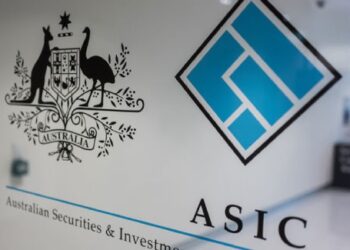David Busoli, principal of SMSF Alliance, said the in-house asset rules make it challenging for a fund to acquire a part of an asset, but not continue to hold or increase its exposure as the rules mean it can go from being an advantage to a disadvantage.
“Generally, an SMSF can only acquire unlisted shares in a company from a member or associate if the company is related,” he said.
“This is because the shares would constitute in-house assets so the SMSF can acquire them provided this would not cause the total level of in-house assets in the fund to breach five per cent.
“Typically, this affects SMSF investments involving companies and unit trusts, in which fund members and associates are also invested. There is, however, a special class of such investments that are excluded.”
Mr Busoli said shares or units in a company or unit trust that satisfy 13.22C of the SIS regulations can be acquired from a member or related party even though the entity could be controlled, and the units or shares are not in-house assets.
Some of the section 13.22C rules include but are not limited to:
- The Trustee of the Unit Trust cannot borrow. This is the most important requirement for a unit trust to be considered as a section 13.22C unit trust.
- The Trustee of the unit trust cannot be a party to a lease with a related party (unless the asset is business real property).
- The assets of the unit trust cannot include an interest in another entity, such as shares in a company.
- The assets of the unit trust cannot include a loan to another entity, unless the loan is with an authorised deposit-taking institution within the meaning of the Banking Act 1959.
- The assets of the unit trust cannot include an asset that has a charge over it.
Mr Busoli said using section 13.22C can enable creeping SMSF acquisitions that would not otherwise be possible.
“So long as it wasn’t purchased from a related party an SMSF may acquire part of a residential property as tenants in common with a member,” he said.
“That’s fine but the SMSF will never be able to acquire more of the property from the member as residential property is a prohibited acquisition from a related party.
“Enter the 13.22C unit trust.
“If the SMSF and the member had each subscribed for units in a trust that satisfied 13.22C, and that entity had purchased, or built, the residential property, the SMSF would be able to acquire the member’s units in future, by way of purchase or in-specie contribution without breaching the regulations. Stamp duty and CGT would apply.”
Mr Busoli said for an entity to comply with 13.22C there are a lot of things it can’t do.
“These should be considered carefully but, generally, it can hold ungeared residential and commercial real estate and little else though there are some interesting additional items we won’t cover here,” he said.
“It can build but it can’t run a business so be careful as building more than once or having the intention to sell the property shortly after completion, could be construed as running a business.
“The downside is that even a minor infringement of the 13.22C condition, even inadvertently overdrawing a bank account, will lose this concession and alter the investment’s status to that of an in-house asset. This loss is permanent. It can’t be fixed.
“As usual, the devil is in the detail.”


